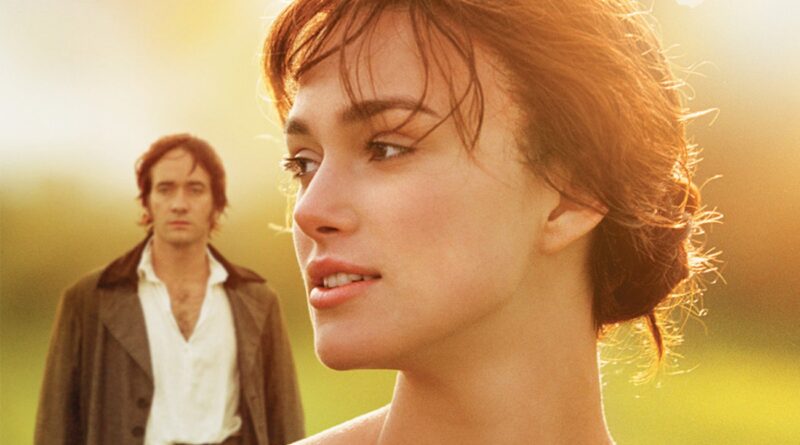Pride and Prejudice: From Page to Screen
Jane Austen‘s beloved novel Pride and Prejudice has captivated readers since its publication in 1813. With its timeless story of love, social class, and personal growth, it’s no wonder that this classic has been adapted for the screen numerous times.
However, pride and prejudice changes from book to film are inevitable, and the 2005 adaptation directed by Joe Wright is no exception. Let’s dive into the world of the Bennets and explore how this cinematic version compares to Austen’s original work.
Setting the Scene- A Shift in Time
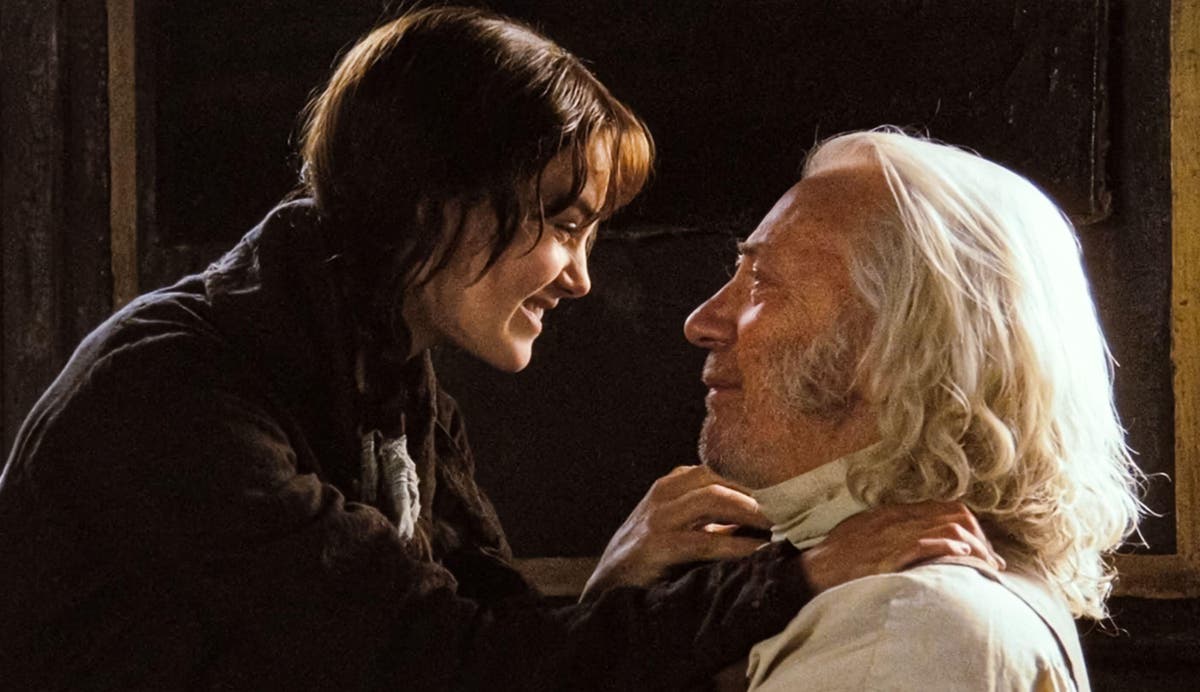
One of the most noticeable differences between the book and the film is the time period. While Austen’s novel is set in 1813, Wright chose to set his adaptation in the 1790s. This decision was made partly to highlight the impact of the French Revolution on english society and to explore the atmosphere of fear within the aristocracy. Additionally, Wright wasn’t a fan of the empire waistline dresses popular in the Regency era, opting instead for a look that bridged the gap between 18th and 19th-century fashion.
Characters Reimagined- The Bennets and Beyond
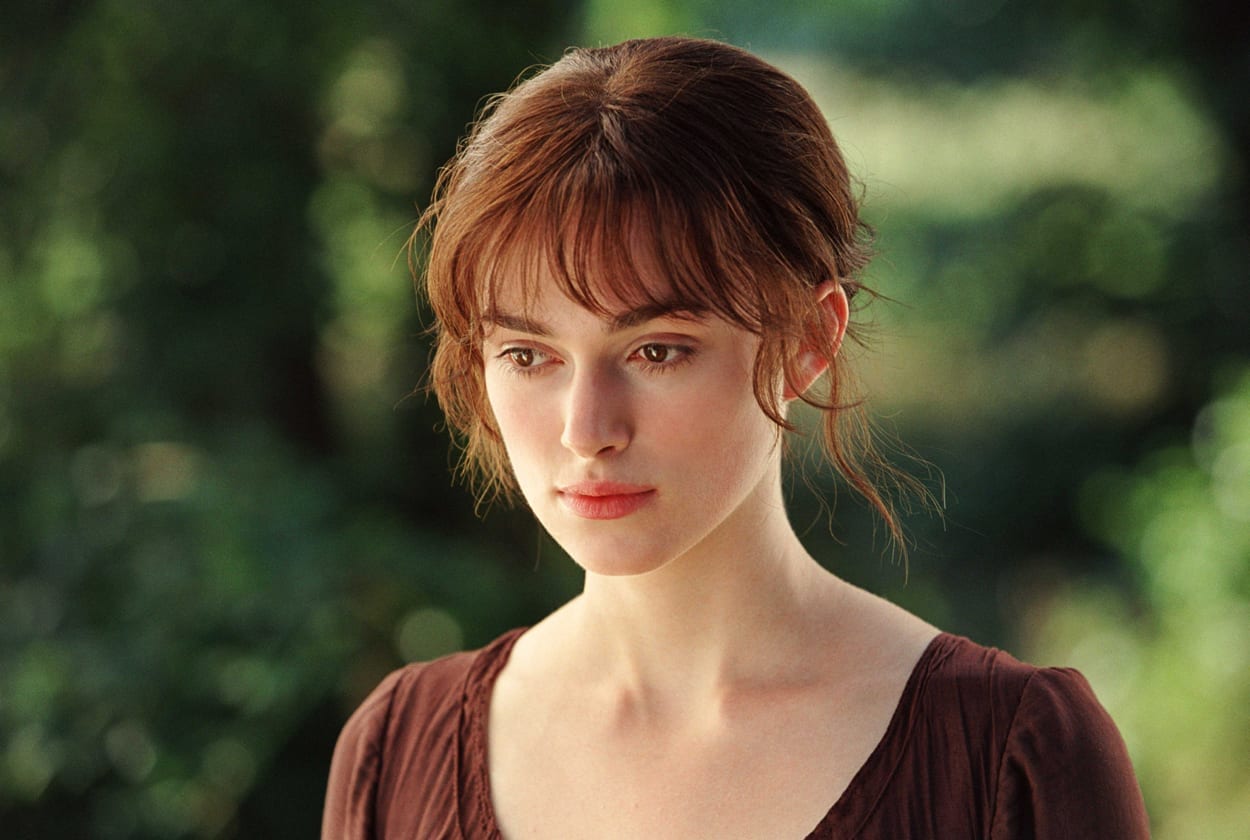
When it comes to character portrayals, is the pride and prejudice movie accurate to the book? Well, yes and no. Keira Knightley’s Elizabeth Bennet is notably feistier and more impassioned than her literary counterpart. While Austen’s Elizabeth is known for her wit and intelligence, the film version adds an extra layer of modern sensibility to her character. This change makes Elizabeth more relatable to contemporary audiences but deviates from the original’s more mature and composed heroine.
The Bennet family as a whole undergoes some changes in the transition from page to screen. In the novel, they are members of the landed gentry with some wealth and status. However, the film portrays them as significantly poorer, with their home in a state of disrepair and the sisters wearing worn-out dresses. This visual representation emphasizes the family’s precarious financial situation and adds urgency to Mrs. Bennet‘s quest to see her daughters married.
Speaking of Mr. and Mrs. Bennet, their relationship receives a more sympathetic treatment in the film. While Austen presents them as a dysfunctional couple in an unhappy marriage, the movie shows them as more loving and supportive of each other, despite their differences. This change creates a warmer family dynamic that resonates with modern viewers.
Darcy’s Transformation- From Aloof to Awkward

Matthew Macfadyen‘s portrayal of Mr. Darcy also differs from the book’s description. While both versions show Darcy as proud and initially off-putting, the film emphasizes his social awkwardness rather than his aloof demeanor. This interpretation makes Darcy more sympathetic and helps explain his initial difficulty in expressing his feelings for Elizabeth.
Romantic Moments- Amplified for the Big Screen
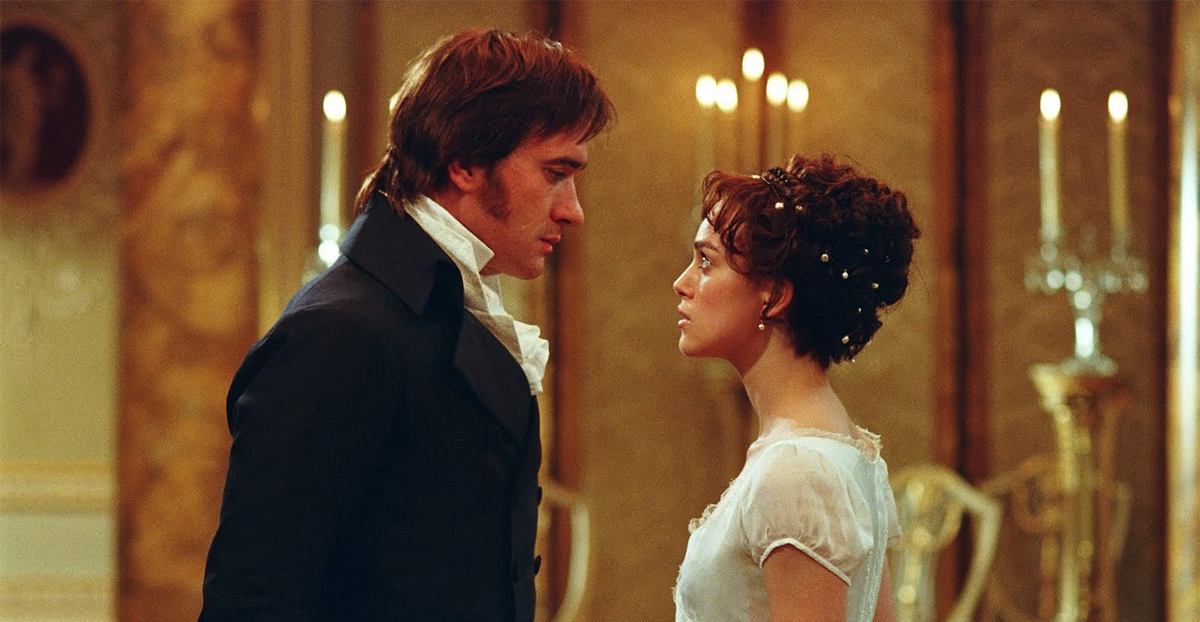
When adapting a beloved romance for film, it’s natural to want to amp up the swoon-worthy moments. Wright’s pride and prejudice does just that, particularly with Darcy’s proposals. In the book, these scenes are more restrained, taking place in everyday settings. The film, however, turns them into visually stunning and emotionally charged encounters.
The first proposal occurs during a rainstorm, with Elizabeth and Darcy taking shelter in a beautiful Neoclassical building. The second proposal, rather than happening on a simple walk, unfolds on misty moors at dawn. These changes heighten the romantic tension and create memorable cinematic moments, even if they stray from Austen’s original vision.
Dialogue Dilemmas- New Lines for a New Era

One of the most striking pride and prejudice changes from book to film is in the dialogue. Some of the movie’s most memorable lines, such as “You have bewitched me, body and soul,” are not found in Austen’s novel. While purists might balk at these additions, they serve to make the romantic declarations more explicit and emotionally resonant for a modern audience.
Adapting a novel to a two-hour film inevitably requires some trimming. Wright’s version cuts several minor characters and condenses subplots to focus on the central romance between Elizabeth and Darcy.
For example, the storyline involving Lydia Bennet‘s elopement with Wickham is significantly reduced in the film. While these changes help maintain a brisk pace, they do sacrifice some of the novel’s rich supporting cast and nuanced exploration of Regency society.
The Ending
Perhaps the most controversial change in the 2005 adaptation is its ending. While Austen’s novel concludes with a summary of the characters’ futures, including Elizabeth and Darcy’s marriage, the film takes a different approach. The original ending showed the newlyweds in an intimate moment at Pemberley, a scene that caused quite a stir among Austen purists. In response to complaints, an alternate ending was created for the British release, showing Mr. Bennet giving his blessing to the couple’s union.
So, is the pride and prejudice movie accurate to the book? The answer is complex. While the 2005 film captures the essence of Austen’s story and characters, it takes significant liberties with the setting, characterizations, and certain plot elements. These changes were made to appeal to a modern audience and to translate a literary work into a visual medium effectively.
Despite these differences, many viewers and readers alike have embraced both versions of pride and prejudice. The film’s stunning visuals, strong performances, and romantic atmosphere have won over audiences, while the novel continues to be cherished for its wit, social commentary, and timeless love story.
Whether you prefer the book, the movie, or enjoy both for their unique qualities, one thing is certain- the story of Elizabeth Bennet and Mr. Darcy continues to captivate hearts more than two centuries after Jane Austen first put pen to paper. The pride and prejudice changes from book to film serve as a testament to the enduring power of this classic tale, proving that great stories can be reimagined for new generations while still honoring their origins.

